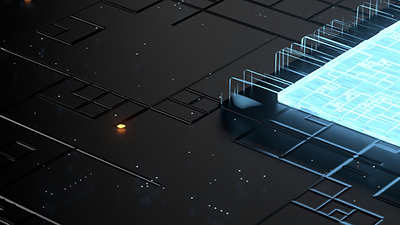YOKNEAM ILLIT, ISRAEL, Jan. 31, 2023 (GLOBE NEWSWIRE) — Wearable Devices Ltd. (Nasdaq: WLDS, WLDSW) (“Wearable Devices” or the “Company”), a growth company developing a non-invasive neural interface technology for B2B and B2C customers, today announced that it will exhibit at SPIE Photonics West, a leading global conference focused on augmented, virtual, and mixed reality (“SPIE”), which will take place in San Francisco on January 31 and February 1, 2023.
At SPIE, the Company will demonstrate how smart glasses can be controlled using the Mudra neural input wristband, a neural input wristband that allows control of digital devices using subtle finger movements. The Company will publicly exhibit an exciting new interaction for smart glasses, which allows the user to navigate and control a graphical user interface (“GUI”) using natural and intuitive finger and hand movements.
The Company will present a GUI concept, which portrays how the Company envisions the output content for the user. The user will be able to use Air-Touch interactions such as swipe or scroll to navigate and control the smart glasses, while maintaining spatial awareness with real-world surroundings.
“We are excited to attend SPIE for the first time and support its mission to ‘Come and discover the hardware that will enable the metaverse’,” said Shmuel Barel, Chief Marketing Officer of Wearable Devices. “We believe our Mudra neural interface technology is a key success factor for smart glasses’ market adoption, as it provides an elegant wearable method to input commands and operate smart glasses using hands free and touch free interactions.”
“Integrating the Mudra interface with smart glasses enables device manufacturers to offer a stylish, light weight, and smaller form factor of glasses,” commented Barry Kaplan, the Company’s Executive Vice President of the U.S. Operations. “By removing bulky hardware and resource guzzling software currently used for gesture recognition, the user enjoys a discrete, almost invisible interaction, without performing tiring mid-air hand postures ,” Mr. Kaplan added.
“We encourage anyone attending SPIE to come visit us and explore our technology firsthand,” added Mr. Barel. “We believe the Mudra neural input wristband technology is of tremendous value for head worn device manufacturers and users as we continue to deliver on our promise for setting the input standard for the metaverse.”
For live demonstration at SPIE, please contact us at: shmuel.barel@
About Wearable Devices Ltd.
Wearable Devices Ltd. (the “Company”), a growth company developing a non-invasive neural input interface technology in the form of a wrist wearable band for controlling digital devices using subtle finger movements. Our company’s vision is to create a world in which the user’s hand becomes a universal input device for touchlessly interacting with technology, and we believe that our technology is setting the standard input interface for the Metaverse. Since our technology was introduced to the market, we have been working with both Business-to-Business and Business-to-Consumer customers as part of our push-pull strategy. Combining our own proprietary sensors and Artificial Intelligence, or AI, algorithms into a stylish wristband, our Mudra platform enables users to control digital devices through subtle finger movements and hand gestures, without physical touch or contact. For more information, visit https://www.






